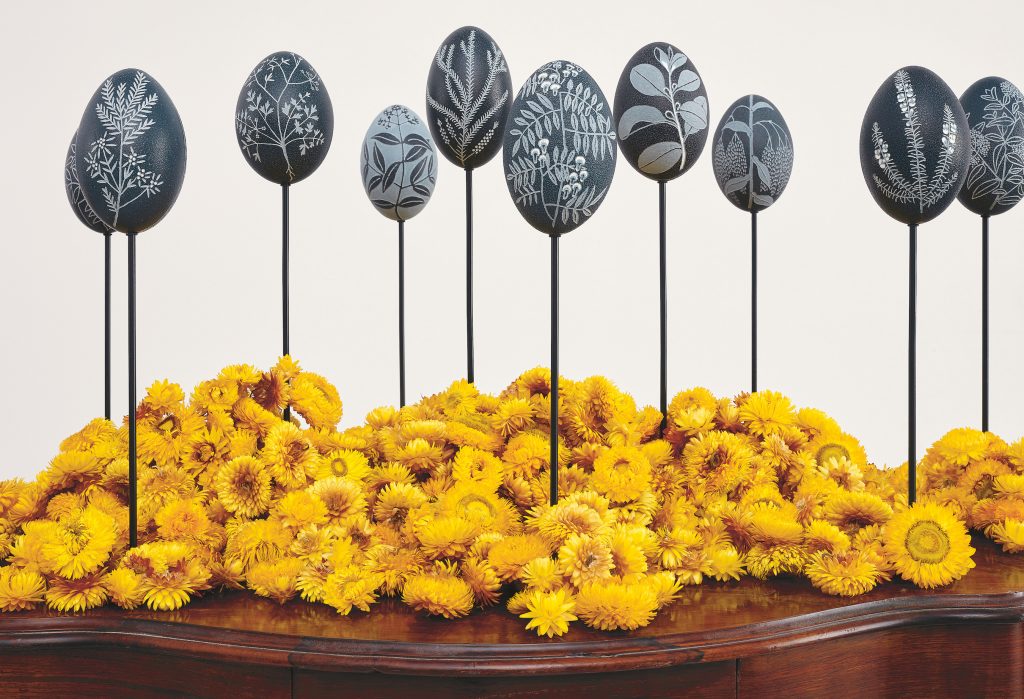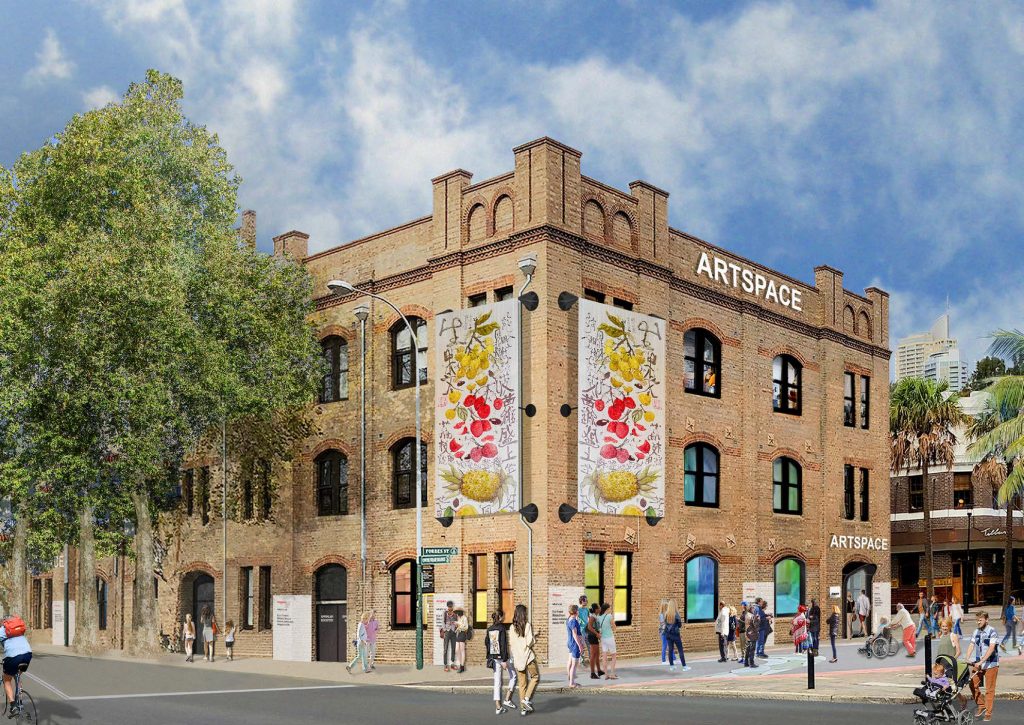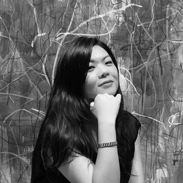Artspace, Australia’s publicly funded contemporary art center, will reopen on December 15 at The Gunnery by the Sydney harbor after nearly three years of multimillion-dollar redevelopment work.
The reopening will also mark the 40th anniversary of the institution, which has a renewed ambition to further integrate Australia’s contemporary art scene in Asia-Pacific and support artists across the region.
The Gunnery has been home for Artspace since 1993. Its redevelopment was also a landmark move when the New South Wales government first announced the AUD$5 million ($3 million) publicly-funded refurbishment plan in 2020, as it would allow Artspace to take over the three-floor building entirely (it previously occupied just the ground floor and the top floor, not the middle floor). The heritage-listed building in Woolloomooloo is also set to be home for the art center for the next 35 years. The revitalized site, which costs AUD$19.2 million ($12.3 million) in total, will provide 10 rent-free artist studios as well as expanded exhibition spaces, an accessible archive, multi-platform space, and learning studio that will be able to accommodate live art, events, performances, research activities, and one-year residencies.
“During this past decade, we have seen a change in the role and place of art and artists: we’ve lived through a global pandemic, and we’ve all had to radically transform, reflect upon and rethink how, why, and what we do,” Alexie Glass-Kantor, who has been the executive director of Artspace since 2013, told Artnet News. “The expansion of our facilities recognizes that contemporary art takes many forms, and now the organization will be able to be much more adaptive.”

Jonathan Jones, untitled (emu eggs) after Étienne-Pierre Ventenat (2021–23) Courtesy the artist. Photo: Jenni Carter.
The reopening will feature an expanded presentation of Jonathan Jones: untitled (transcriptions of country), which examines the colonial histories between Europe and Australia. The co-commission by the Wiradyuri and Kamilaroi artist premiered at the Palais de Tokyo in Paris in November 2021. More opening and vernissage programs will be announced later.
As a curator, Glass-Kantor has been actively working with artists and on projects across Asia-Pacific. A long-time curator for Art Basel Hong Kong’s well-received Encounters sector which showcases large-scale installation pieces, Glass-Kantor has worked on projects such as the 2018 exhibition “52 Artists 52 Actions,” which commissioned artists from 38 countries across Asia throughout a year, and co-curated the exhibition “Un/learning Australia” at the Seoul Museum of Art in 2021. She sees that Australia has a larger role to play in the region’s contemporary art development.
“Because of Australia’s colonial histories, there was often a question over our place and role in the Asia-Pacific region,” Glass-Kantor noted. “But when we consider the geographic spread of Asia, it is arguably as vast as Türkiye to Hawaii, and when seen from that perspective, Australia is firmly part of Asia. With that, we therefore have responsibility to participate in a regional conversation that can support artists and makers and creators.”
This article was updated on November 13 with an updated figure of the total costs of the redevelopment work.








